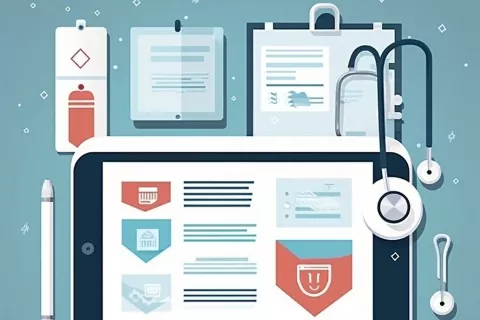The regulations of the medical device industry in Europe may have remained relatively unchanged since the 1990s but recent upheavals such as the breast implant crisis and hip replacements resulted in immediate Regulatory reforms. With the EU’s new Medical Devices Regulations (MDR) formally published in May 2017, medical device companies now have three years to comply with the upcoming changes before the new rules put into force from 2020.
The primary reason of these new set of measures is to increase safety, accountability, and traceability of medical devices. So, with the cost of compliance being significant, it is imminent that manufacturers proactively take necessary steps to implement the requisite changes and brace for any upcoming challenges coming their way.
There may be a three-year transition period allowed for companies to align with the new rules but given the scale and complexity associated with implementing the EU MDR changes, it is advisable for manufacturers to adopt a structured enterprise wide cross-functional approach at the earliest and avoid last minute urgencies.
How to prepare for the EU’s new Medical Device Regulations
- Decode and understand the new regulations: If you are a medical device manufacturer, importer or distributor, it is important to get a full grasp of the new EU MDR and how it will impact your business and how these new conditions will need to be addressed for every device. Moreover, a thorough assessment of the clinical data, technical documentation and labeling requirements to be updated is also another concern besides revisiting processes right from quality assurance to post market scenario.
- Portfolio review and assessment: Your product portfolio must be reviewed and assessed in accordance to the new set of regulations and future requirements. It is critical to understand whether these products need to be up-classified in the future and what will be the associated impact due to it. For instance, under the new directive, products that are classified as accessories could now be covered under the definition of a medical device.
- Reassess supply contracts: It is time to contact your distributor, importer or authorized representative to determine if they account for verifying compliance, vigilance reporting, and unannounced audits. All of them will need to speed up on the new requirements at the same time. You are bound to face unexpected challenges on the way while compiling, reviewing and accepting the freshly consolidated data from all stakeholders. So, it is critical to begin now and avoid last minute differences in expectations and unexpected interpretations.
The three-year transition period (May 2017-May 2020) has begun and the clock is ticking away. The amount of new compliance data and technical documentation may seem particularly overwhelming to start with. To start early is the key to efficiently and confidently reach your goal. So, invest the time and resources available right away, begin with the review of a handful of products before expanding to your entire portfolio, address all challenges on the way and be well prepared way ahead of time.











